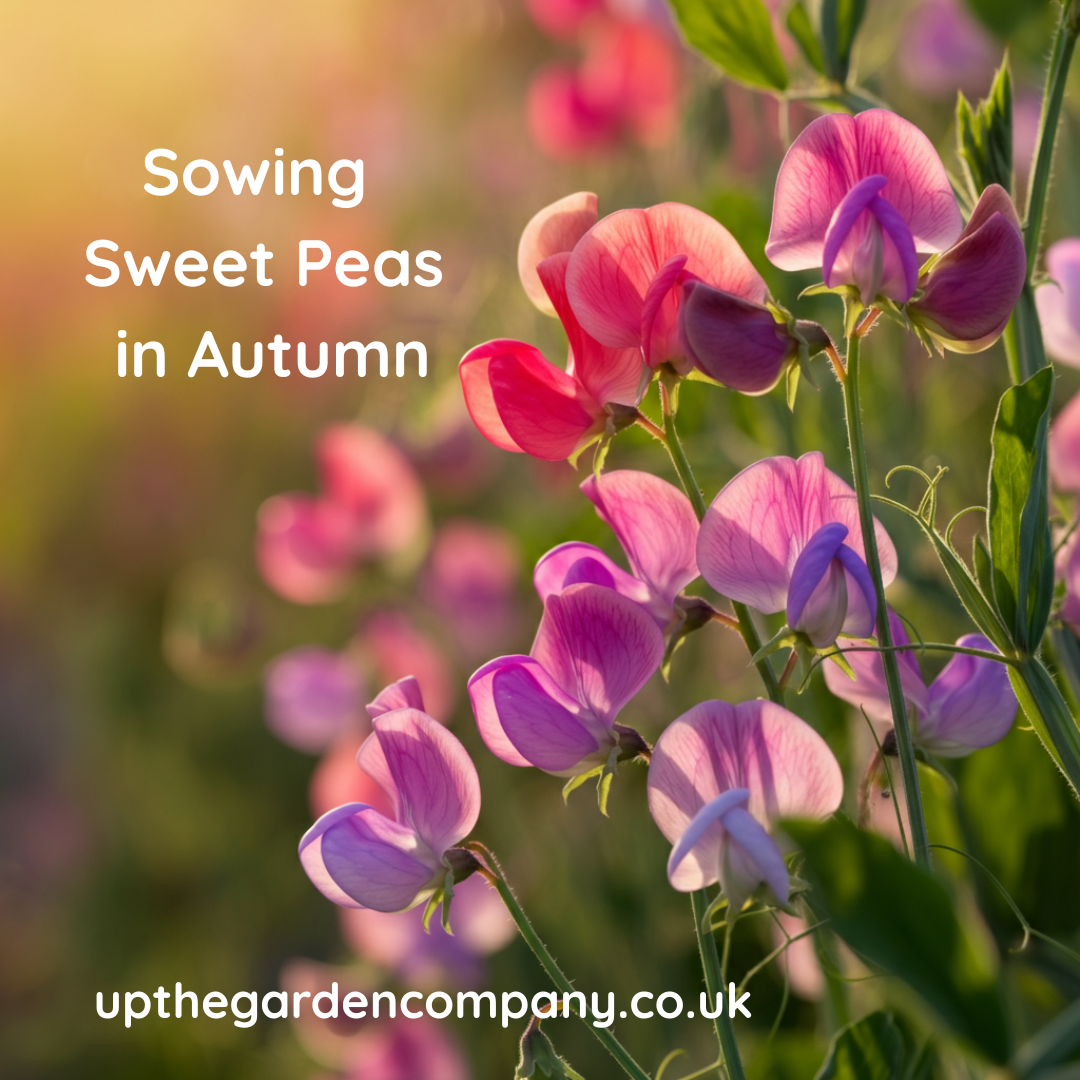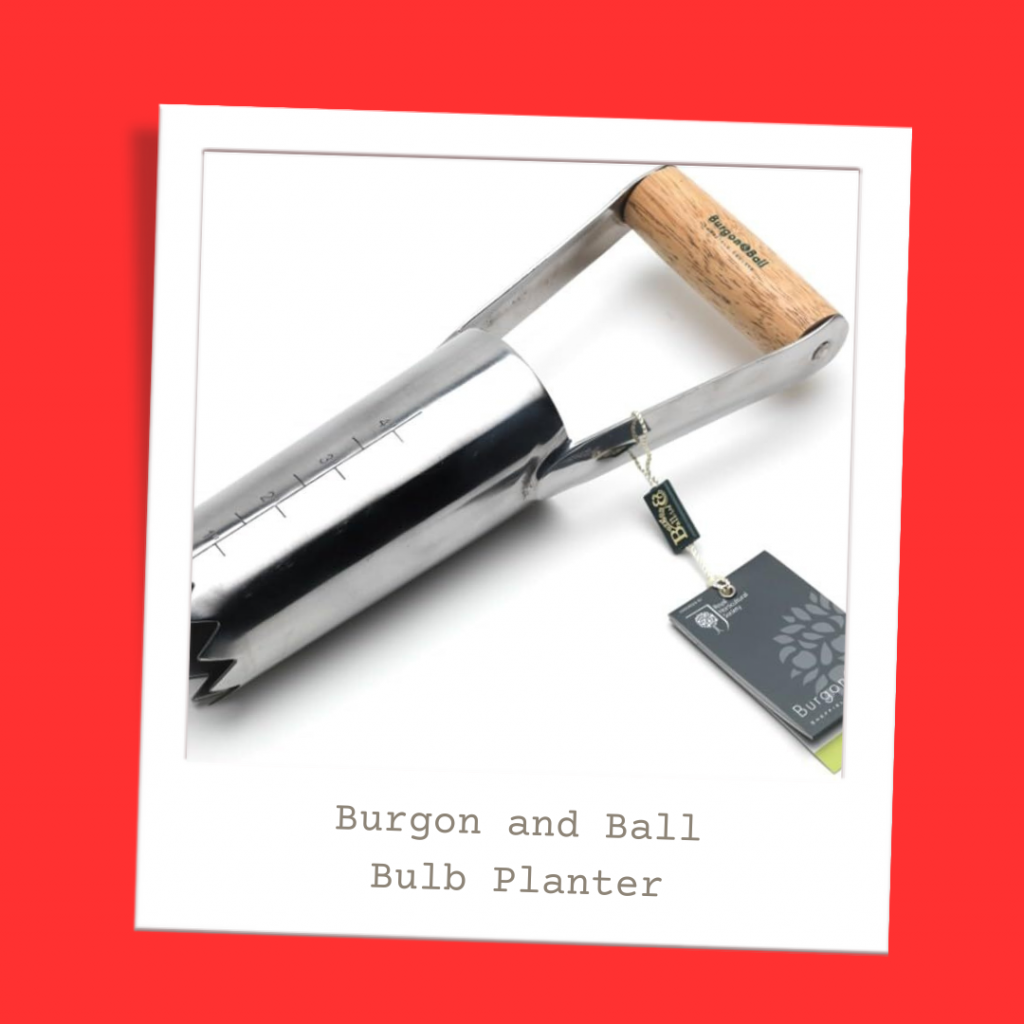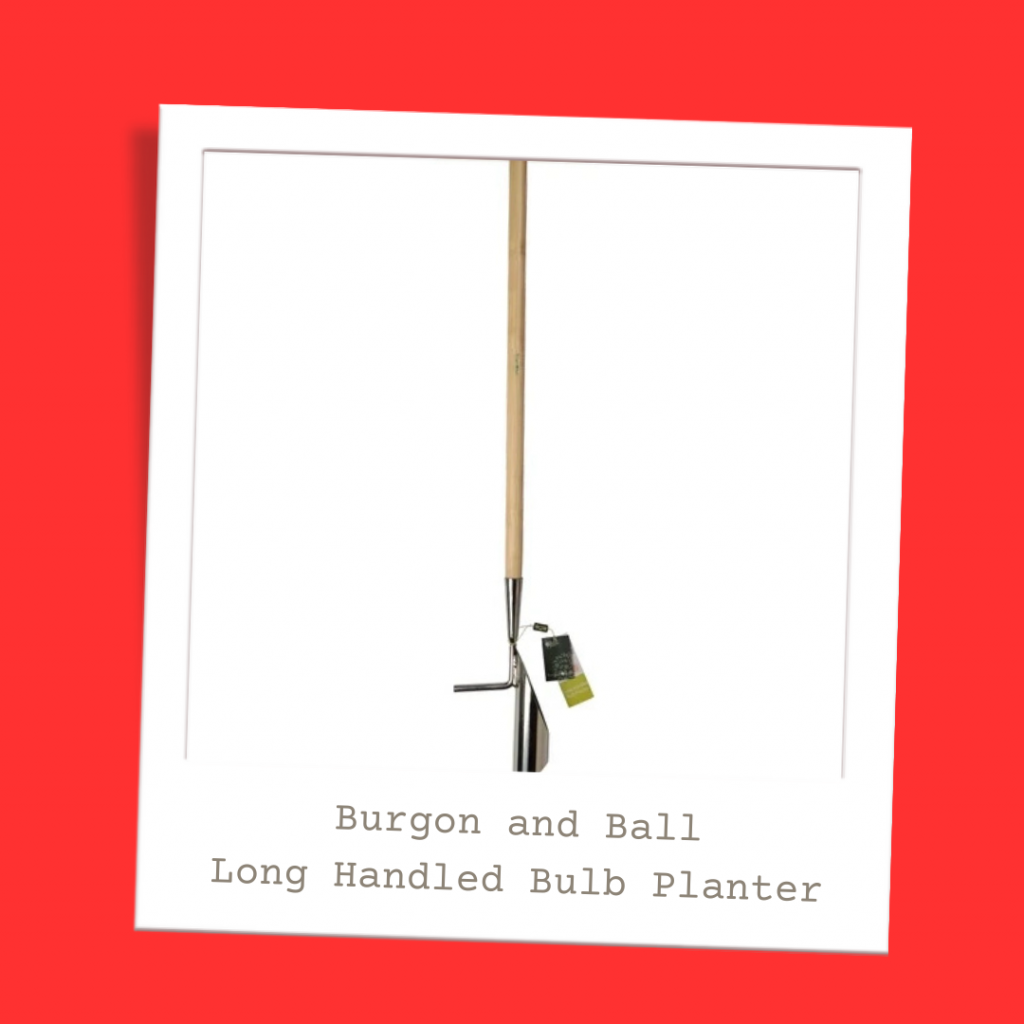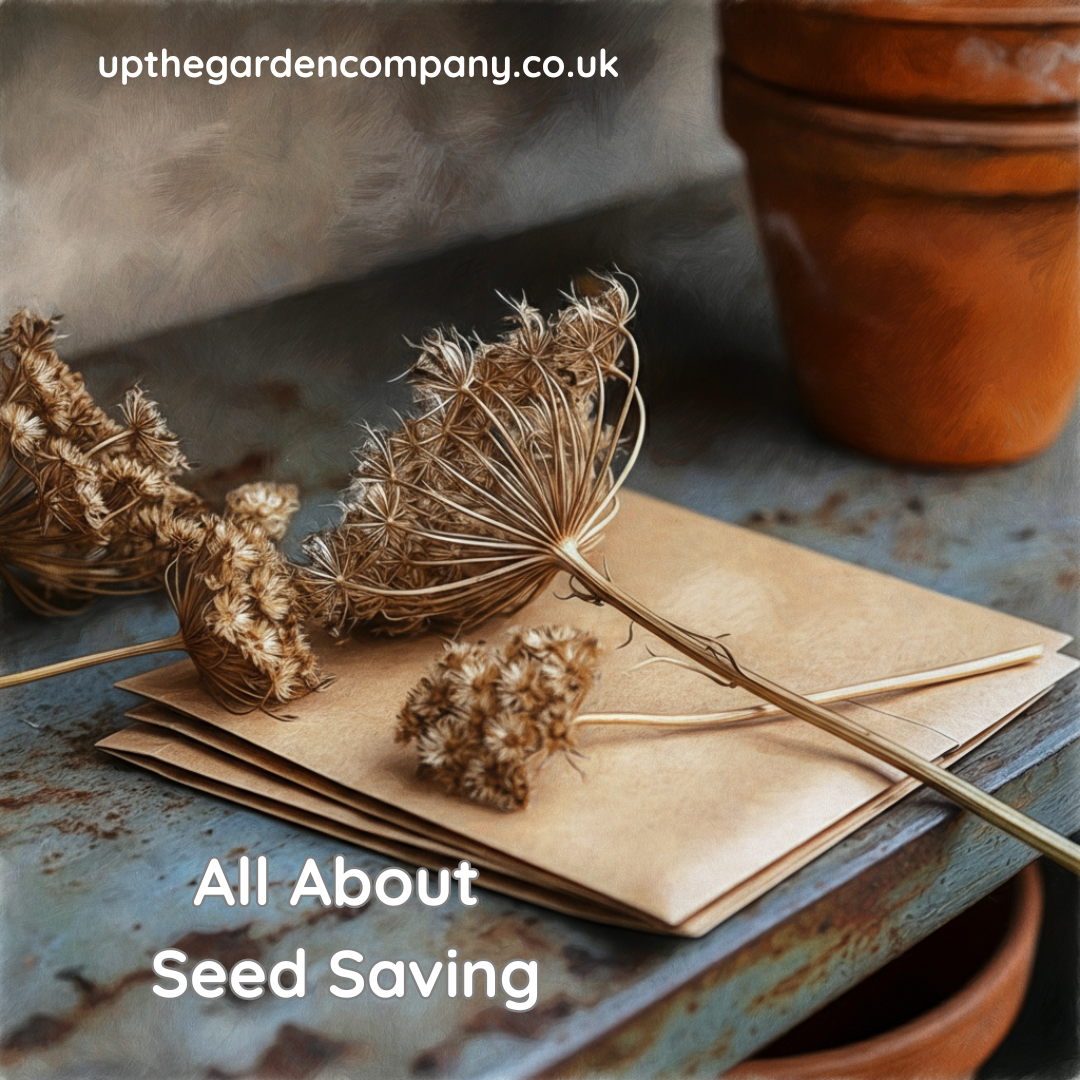Few flowers can match the intoxicating fragrance and cheerful colours of wallflowers. These hardy biennials have graced British gardens for centuries, transforming ordinary walls and borders into spectacular displays of golden yellows, deep purples and vibrant oranges. With their distinctive four-petalled blooms and ability to thrive in challenging conditions, wallflowers offer both novice and experienced gardeners a reliable way to bridge the gap between winter’s end and summer’s arrival.
Whether you’re looking to add early colour to your garden or create a cottage garden atmosphere, wallflowers deserve serious consideration. Their sweet, spicy fragrance alone makes them worthy of a place in any garden, whilst their low-maintenance nature ensures success even for those new to gardening.
What Are Wallflowers?
Wallflowers belong to the Brassicaceae family and carry the botanical name Erysimum cheiri. These compact plants typically grow between 20-60cm tall, producing clusters of four-petalled flowers in shades ranging from pale cream to deep burgundy. Each flower measures approximately 2cm across and contains the characteristic cross-shaped formation typical of the brassica family.
The most recognisable feature of wallflowers is their intense fragrance—a sweet, spicy scent that becomes particularly pronounced during warm afternoons and early evenings. The lance-shaped leaves are typically grey-green, providing an attractive backdrop to the vibrant blooms.
A Rich Garden History
Wallflowers have adorned European gardens since medieval times, earning their common name from their tendency to naturalise in the cracks and crevices of old stone walls. Originally native to southern Europe, these resilient plants spread throughout Britain during the Roman occupation, where they found the cool, moist climate particularly suitable.
During the Victorian era, wallflowers became synonymous with faithfulness and fidelity, often planted in memorial gardens and given as tokens of enduring love. The Victorians particularly prized the deep, velvety varieties, which they believed held the strongest fragrance.
Traditional cottage gardens wouldn’t be complete without drifts of wallflowers, where they provided essential early nectar for emerging bees and butterflies. This historical connection continues today, making wallflowers perfect for wildlife-friendly gardens.
Advantages and Disadvantages
Advantages:
- Early flowering: Bloom from March through June when few other flowers are available
- Exceptional fragrance: Provide intense, sweet scent throughout their flowering period
- Low maintenance: Require minimal care once established
- Drought tolerance: Survive dry conditions better than many other spring flowers
- Wildlife friendly: Attract bees, butterflies, and other beneficial insects
- Long flowering period: Continue blooming for several months
- Excellent cut flowers: Stems last well in vases and fill rooms with fragrance
Disadvantages:
- Biennial nature: Must be replanted every two years
- Short lifespan: Individual plants typically last only one growing season
- Susceptible to clubroot: Can suffer from this soil-borne fungal disease
- Limited colour range: Fewer colour options compared to other spring flowers
- Self-seeding tendency: May spread beyond intended areas in suitable conditions
Best Planting Locations
Wallflowers thrive in sunny, well-drained positions with neutral to slightly alkaline soil. They’re particularly effective when planted:
Against south-facing walls: The reflected heat intensifies their fragrance and extends flowering
In raised beds: Improved drainage prevents root rot during wet winters
Along garden paths: Their fragrance can be fully appreciated by passing visitors
In cottage garden borders: Mixed with other spring flowers like forget-me-nots and tulips
In containers: Particularly useful for patios and small gardens
On banks and slopes: Their drought tolerance makes them excellent for challenging sites
Avoid planting wallflowers in heavy, waterlogged soil or deep shade, where they’ll struggle to establish and flower poorly.
Growing from Seed or Plants
Growing from Seed:
Sowing wallflower seeds offers the greatest variety and proves remarkably economical. Seeds can be sown directly in the ground or in seed trays from May through July. Direct sowing works particularly well—simply scatter seeds thinly in prepared soil and rake lightly to cover.
For container sowing, use a good-quality seed compost and maintain temperatures around 15-18°C. Germination typically occurs within 7-14 days. Once seedlings develop their first true leaves, transplant them into individual pots or thin direct-sown seedlings to prevent overcrowding.
Buying Young Plants:
Purchasing young plants from garden centres provides instant results and guarantees specific varieties. Look for sturdy, compact plants with healthy, dark green foliage. Avoid leggy specimens or those showing signs of pest damage.
When to Sow and Plant
Seed Sowing Timeline:
- May-July: Optimal sowing period for flowering the following spring
- August: Latest recommended sowing time in most regions
- September onwards: Too late for reliable establishment before winter
Planting Out Young Plants Schedule:
- September-October: Ideal time for transplanting seedlings to final positions
- March-April: Alternative planting time for pot-grown specimens
- Spacing: Plant 15-20cm apart to allow for mature spread
Early autumn planting allows plants to establish strong root systems before winter, resulting in more vigorous growth and abundant flowering the following spring.
Care and Maintenance
Once planted, wallflowers require minimal attention. Water newly planted specimens during dry spells, but established plants rarely need supplementary watering except during prolonged drought.
Deadheading: Regular removal of spent flowers encourages continued blooming and prevents excessive self-seeding. However, leaving some flowers to set seed provides food for birds and allows natural regeneration.
Fertilising: A light application of general-purpose fertiliser in early spring supports vigorous growth. Avoid high-nitrogen feeds, which promote leafy growth at the expense of flowers.
Winter Protection: Established plants rarely need protection, but newly planted specimens benefit from a light mulch around the base during severe weather.
Best Varieties to Grow
‘Cloth of Gold’: Deep golden-yellow flowers with exceptional fragrance. Compact growth reaches 30cm tall.
‘Blood Red’: Striking deep red blooms create dramatic displays. Slightly taller at 45cm.
‘Ivory White’: Pure white flowers provide elegant contrast. Excellent for moon gardens and evening fragrance.
‘Purple Queen’: Rich purple blooms with velvety texture. Traditional cottage garden variety.
‘Fire King’: Brilliant orange-red flowers create vibrant spring displays. Heat-tolerant variety.
‘Harlequin Mixed’: Blend of colours including yellow, orange, red, and purple. Perfect for informal plantings.
Perennial Wallflowers: Erysimum ‘Bowles’s Mauve’ and ‘Constant Cheer’ offer year-round interest but lack the intense fragrance of traditional varieties.
Making the Most of Your Wallflowers
Wallflowers reward gardeners with months of colour and fragrance in exchange for minimal effort. Their ability to thrive in challenging conditions makes them perfect for novice gardeners, whilst their rich history and cottage garden charm appeal to traditionalists.
Plant wallflowers this autumn for a spectacular spring display that will fill your garden with colour and your home with the sweetest of fragrances. Once you’ve experienced their magical scent drifting across the garden on a warm spring evening, you’ll understand why these humble flowers have remained garden favourites for centuries.
Further Reading: Creating a Cottage Garden, Plant Autumn Bulbs Now for a Beautiful Spring Garden, Sowing Sweet Peas in Autumn






